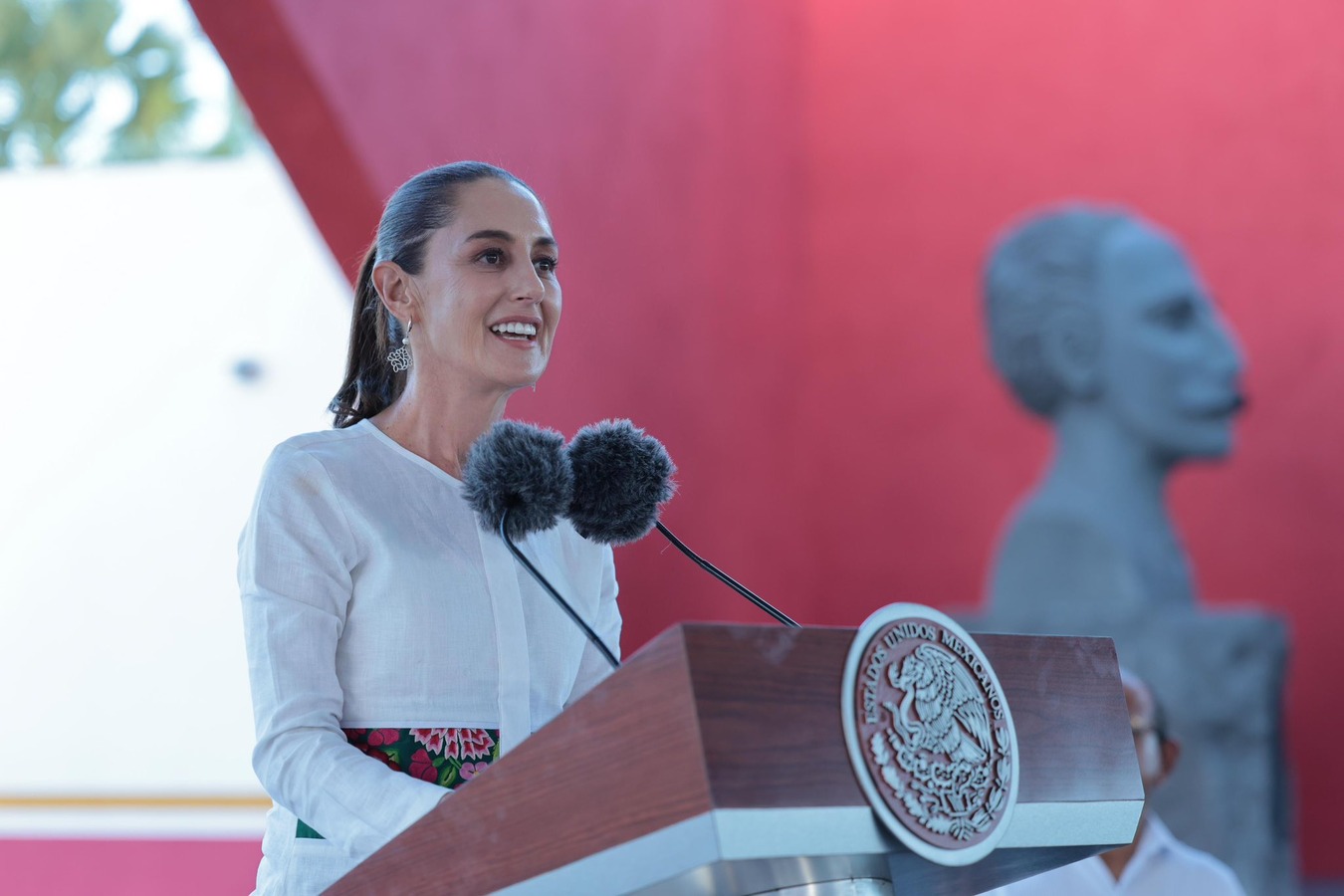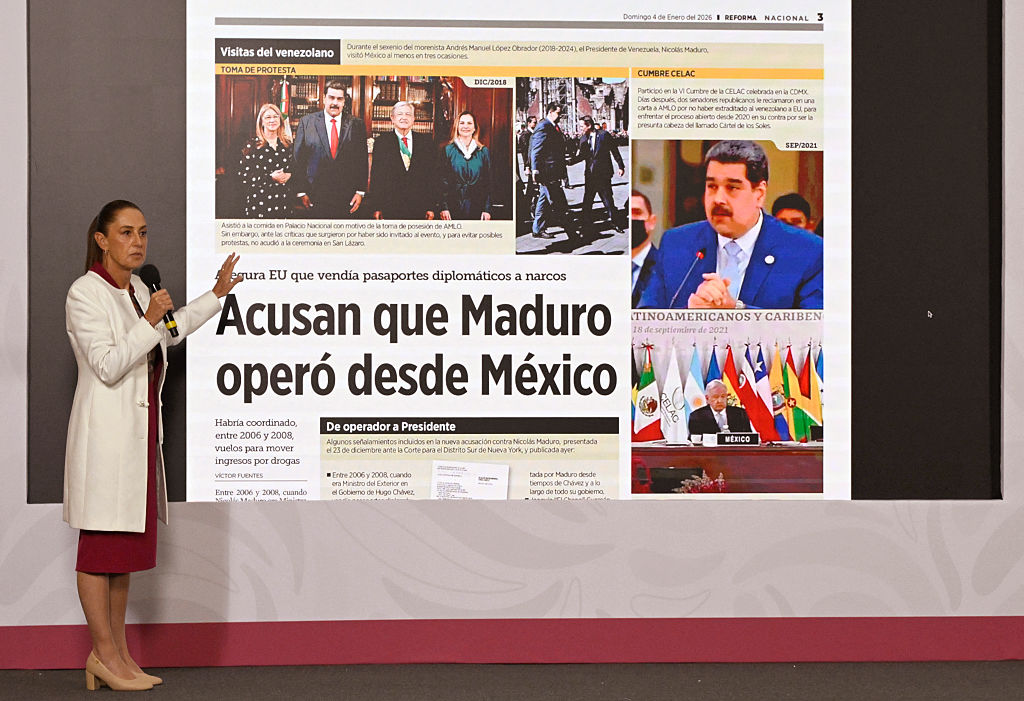A Strategic Approach to Hemispheric Trade
A Strategic Approach to Hemispheric Trade
The United States needs to support a trade agenda that works under a hyper-competitive global economy, writes COA's Eric Farnsworth for The Huffington Post.
Hemispheric trade relations are adrift. Renewed creativity, strategic vision, and leadership will be required to get them back on track. Despite the rhetoric of partnership and shared interest, the United States, Canada, and much of Latin America are prioritizing closer economic ties with Asia, slow-walking efforts to build the logical economic partnership with each other that would enable each respective nation to compete more effectively with the growing Asian juggernaut.
The recent Summit of the Americas in Colombia, the obvious place to kick-start the trade agenda with willing partners, instead focused on Cuba, the Falklands and drugs, three topics where progress predictably remained elusive. In the meantime, the siren call of protectionist policies that kept the region prostrate economically for many years is gathering momentum. A number of countries, especially on the Pacific Rim, are working hard to resist the protectionist tide, remaining open to closer trade relations with the United States but unwilling to wait. Among these are Chile, Colombia, Mexico and Peru who, along with Canada as an observer, signed an accord on June 6 to broaden their trade with each other while strengthening their ability to work together in outreach to Asia. Central American nations such as Costa Rica and Panama are next in the queue.
This is precisely the effort that the United States should be harnessing and leading within the context of ongoing negotiations for the Trans-Pacific Partnership (TPP), a trade agreement currently under negotiation by eight countries in Asia and Latin America in addition to the United States. The TPP is a potentially innovative initiative which offers a compelling opportunity to build a new trade agenda for the 21st century that encompasses the Obama Administration's trade policy goals with willing and able partners. To this point, TPP negotiations have been conducted with generally small, pre-existing free trade partners in Southeast Asia and South America including Brunei, Chile, New Zealand, Peru, Singapore and Vietnam; larger Australia is also in the mix. Should the agreement be concluded without additional parties, only limited economic gains will likely be made since most trade and investment with these countries is already open.
The real gains from trade for the United States would come from more fully integrating economies, which produce things together in a seamless supply chain for each other and for third countries. Our two North American neighbors, Mexico and Canada, are unrivalled in this regard.
Surprisingly, however, U.S. negotiators have been reluctant to fast track Mexico and Canada into the negotiations, fearing that doing so would complicate the agreement politically while also slowing the pace of negotiations. Indeed, those are legitimate concerns, but the highest priority for negotiators should be an economically meaningful agreement that builds competitiveness and supports strategic priorities, rather than a quickly negotiated agreement of more limited impact.
Speed is important; quality, economic significance and strategic considerations are far more important.
Canada is our top trade partner; Mexico is our second largest export market. Both are members of the OECD and the G 20, the latter to be hosted by Mexico June 18 and 19. Both have proven over the years to be capable and responsible free trade partners amid dramatic political and economic changes. Our economies are integrated to the point where North America is now a joint production platform, directly and dramatically benefiting U.S. competitiveness, growth, and well-being.
Nonetheless, in order to compete effectively with rising global economic powers, the United States must take additional steps. By negotiating the TPP together -- United States, Mexico and Canada -- we have the best chance of promoting a framework for Pacific Basin economic relations that already animates the North American relationship, while simultaneously having the opportunity to build on the advances that have occurred in hemispheric economic relations for almost two decades.
We must act soon, given both the advancing state of current TPP negotiations as well as upcoming elections July 1 in Mexico. Within this context, U.S. negotiators should be looking to support the vision of an agreement that best responds to the strategic economic needs of the United States in a hyper-competitive global economy.
Welcoming Mexico and Canada into the negotiations as full partners without further delay, while publicly expressing openness to include Colombia, Costa Rica and Panama, would help get that done.
Eric Farnsworth is the vice president and Washington office head of the Americas Society/Council of the Americas.








